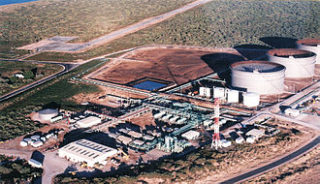-
CCS-equipped Gorgon LNG plant’s mixed success points to importance of site selection
Date posted:
-
-
-
Post Author
Patrick LaveryCombustion Industry News Editor
-
-
![]()
The Financial Times has looked at the CCS-equipped Gorgon LNG project in Australia, one of the largest CCS projects in the world. While the US$54 billion (€46 billion) project aimed to capture 80% of its emissions generated within its first five years of operation, obtaining its operating licence on a promise of doing so, it has not achieved that target. Its operators, Chevron, ExxonMobil, Royal Dutch Shell and a number of Japanese groups, face a fine of US$74 million (€63 million) for missing the target and thereby having to purchase carbon credits. Chevron has blamed the missing of the target on a three-year delay in beginning carbon capture operations, and has pointed to the injection of 5 million tonnes of CO2 into storage since 2019 as an indication of progress. There are, however, some operational problems, including with the pressure management system for the CCS facility, though Chevron is confident of resolving them. One issue has been seawater entering the pipeline which carries captured CO2 for injection underground, while another has been sand clogging an underground reservoir otherwise designed to contain displaced water during CO2 pumping. Mark Hatfield, Chevron Australia’s managing director has said of the problems that they are natural of any pioneering endeavour, and that is undoubtably true. John Underhill of the NetZero Centre for Doctoral Training in Edinburgh adds that apart from engineering issues, “geology is absolutely key too. If we pick the wrong [sites] and something goes awry then the industry will lose credibility and we may not get a second chance.” Much depends on the success of current CCS projects as proponents try to convince governments around the world of providing policy and financial support for the future of carbon capture.

